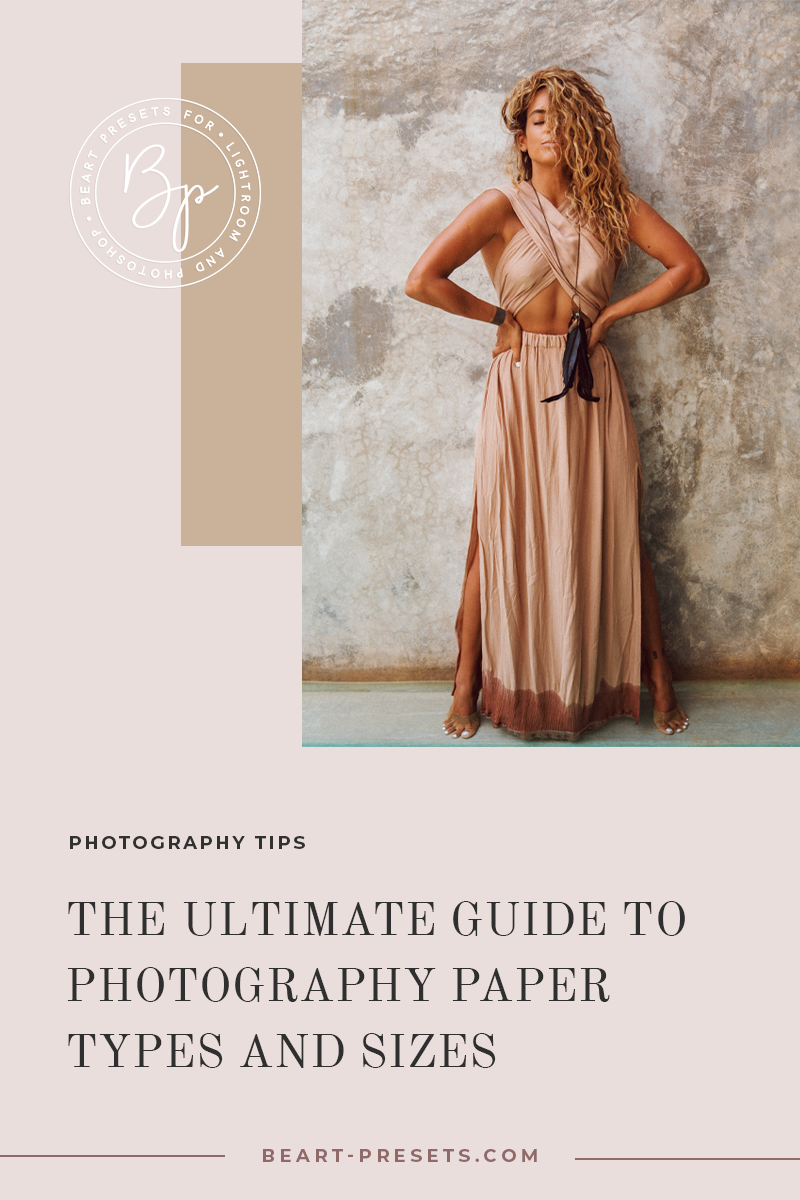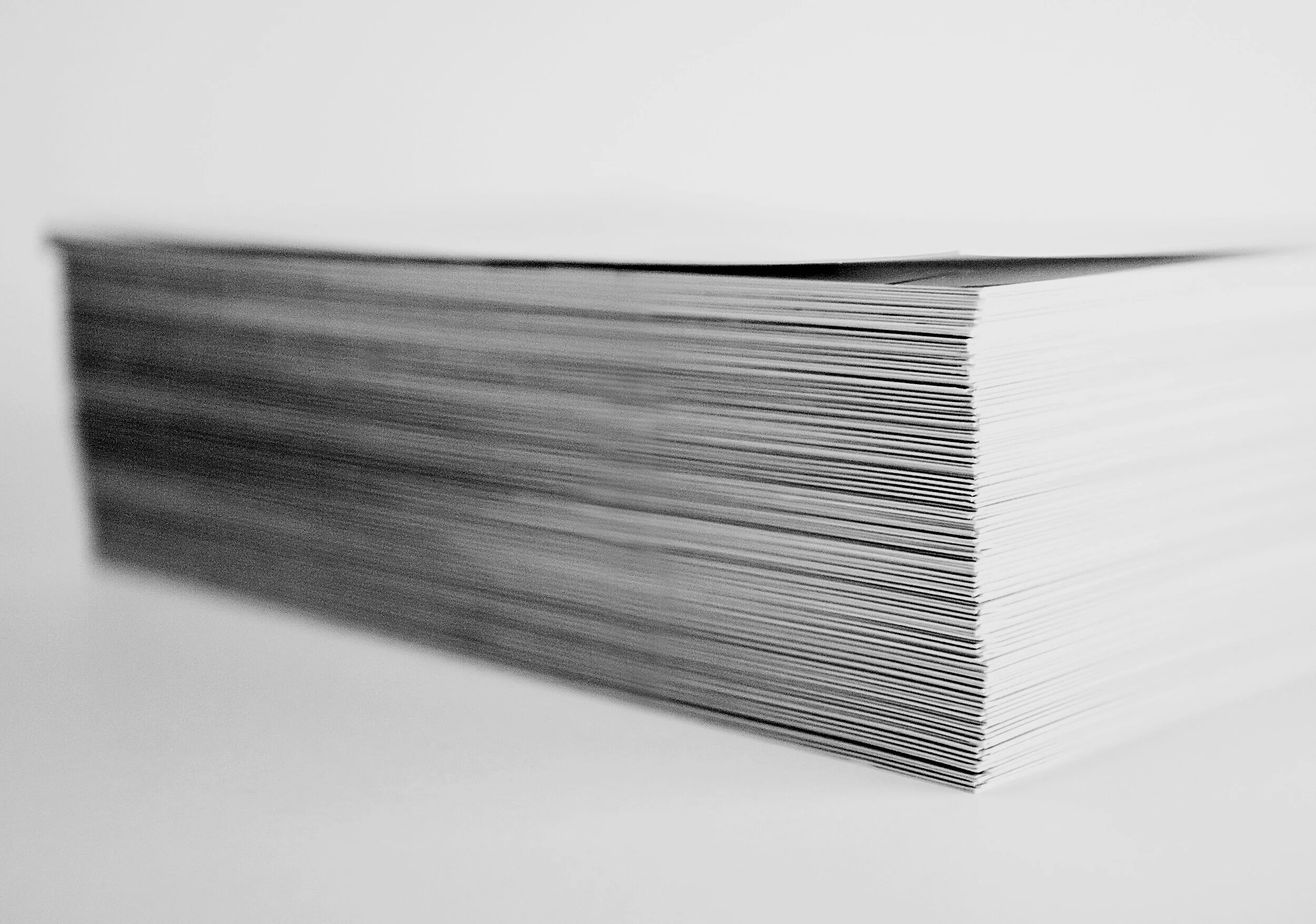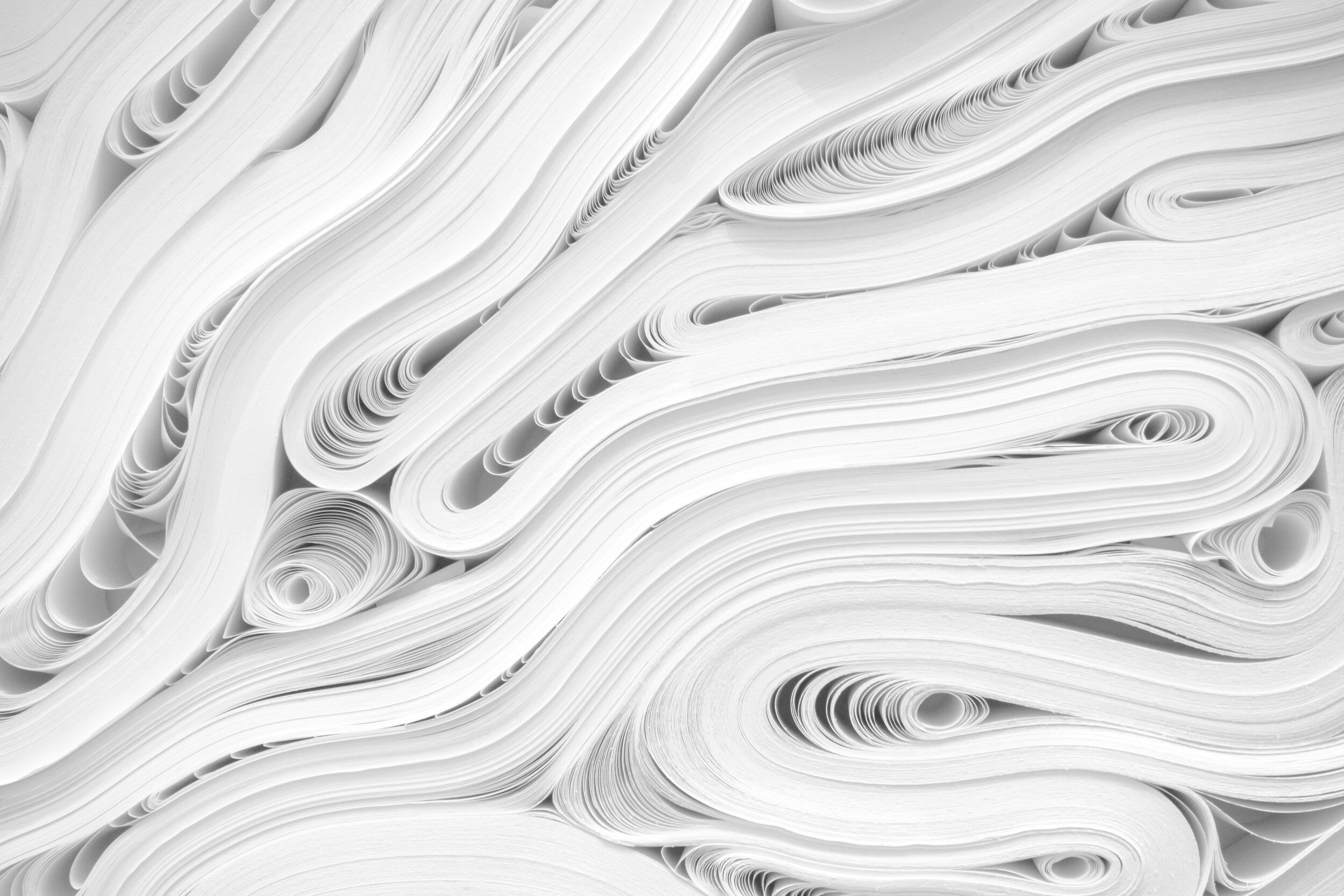The Ultimate Guide To Photography Paper Types And Sizes
Selecting a photography paper to use can be an exercise in frustration and a lesson in patience! When selecting a paper, there are several challenges, particularly for the less experienced photographer or someone new to self-printing their images.
Sizing is one hurdle. Most of the world uses metric sizing, while Americans do not. Next, there's no uniform standard for names of sizes. And, to make things more confusing, manufacturers tend to assign their own names for sizes.
Lastly, there are several kinds of papers. Photo printer paper has come a long way, particularly as digital capturing, lens technology, and lighting have evolved. Also, photo-printers are more advanced but less expensive, making them more accessible. All of this means it's easier than ever for photographers to print images themselves, and most will, at some point, do at least some photo printing.
To help you select the right size and paper for your needs, we've created a brief primer.
Types of paper
While the general public knows two photo paper types, matte (flat sheen) and glossy (shiny), other kinds of papers are available, such as rag and luster. Rag is paper made of both cotton and wood and comes in luster or matte. Luster paper is between matte and glossy.
Given the choice of papers available, how do you know which one is best to use? It depends on your needs. Here are several points to consider:
High contrast photos tend to look better on matte if they have less clarity. It looks best with softer, not very bright colors, making it a popular choice for black and white images. Matte paper is also good for sharper images with less clarity.
On the other hand, low contrast photos tend to look better on glossy and luster papers. Glossy prints tend to be tricky under certain lighting conditions.
Luster (also known as semi-gloss or pearl) tends to be the best option for most images printed on paper.
Single-sided or Double
By default, most photographic paper accommodates printing on just one side. If you want to print on both sides, be sure to use paper that accommodates double-sided or two-sided printing.
Brands
You don't have to use the same paper as your printer. Keep in mind that printer manufacturers make printers, not paper. So, while you can use their brand of paper, it's not your only option. However, you do need to use photography paper (which is specially coated) if you want good results.
Having said all that, we should add a note about why you might want to use the printer's brand. Most printers will likely come with preset settings customized for their brand of paper. Using their brand, therefore, tends to produce the best results.
Type of Printers
There are two kinds of printers, inkjet, and laser. Most photographers prefer inkjet, given its higher DPI potential (DPI: dots per inch, a measure of the printing resolution). Laser printing is faster at printing but lacks the accuracy of inkjet that photos need.
Before you buy photography paper, you'll need to know which type of printer you will use. Papers are made for either inkjet or laser printers, but not both. For example, if you have an inkjet, you will need to use inkjet paper. The same goes for laser printers.
Size
Photography printer paper comes in various sizes. Less common sizes tend to be available through specialty photography or paper stores. The most common paper sizes are typically 4" x 6" (10x15cm) and 5" x 7" (13x18cm).
Here are some other relatively sizes and their alternative names:
6.25" x 9" - A6 card
8.5" x 11" - US Letter or A4
11" x 17" - US B or A3 or Tabloid
13" x 19" - Super A3/B or Super B
17" x 22" - US C or ANSI C
Pricing
As with most consumer products, there is a range of price points. You can typically find both budget and premium quality photography paper. The difference in price relates to archival potential, how quickly the ink dries, color gamut, and the accuracy of color tones. The compatibility with pigment and dye inks will also affect pricing with an inkjet printer.
Hopefully, our short introduction to photography paper types and sizes is helpful to you. Rather than waste money buying the wrong paper or size, it can be helpful to speak with a local professional printer who's willing to answer your questions or a specialty paper retailer.




















